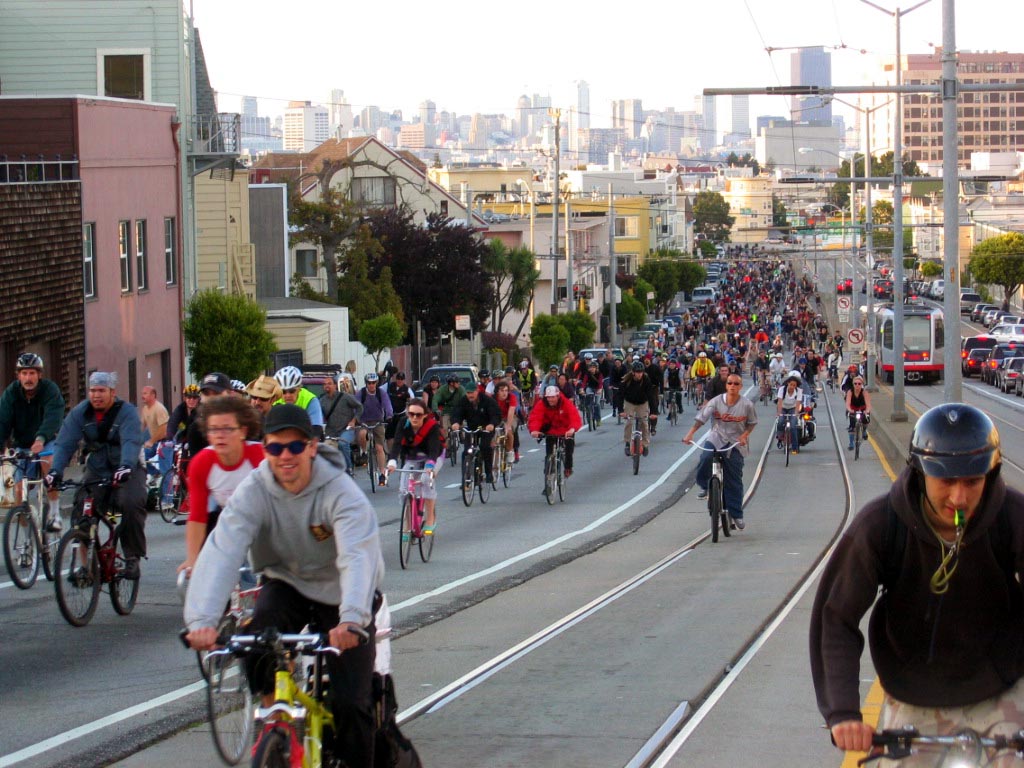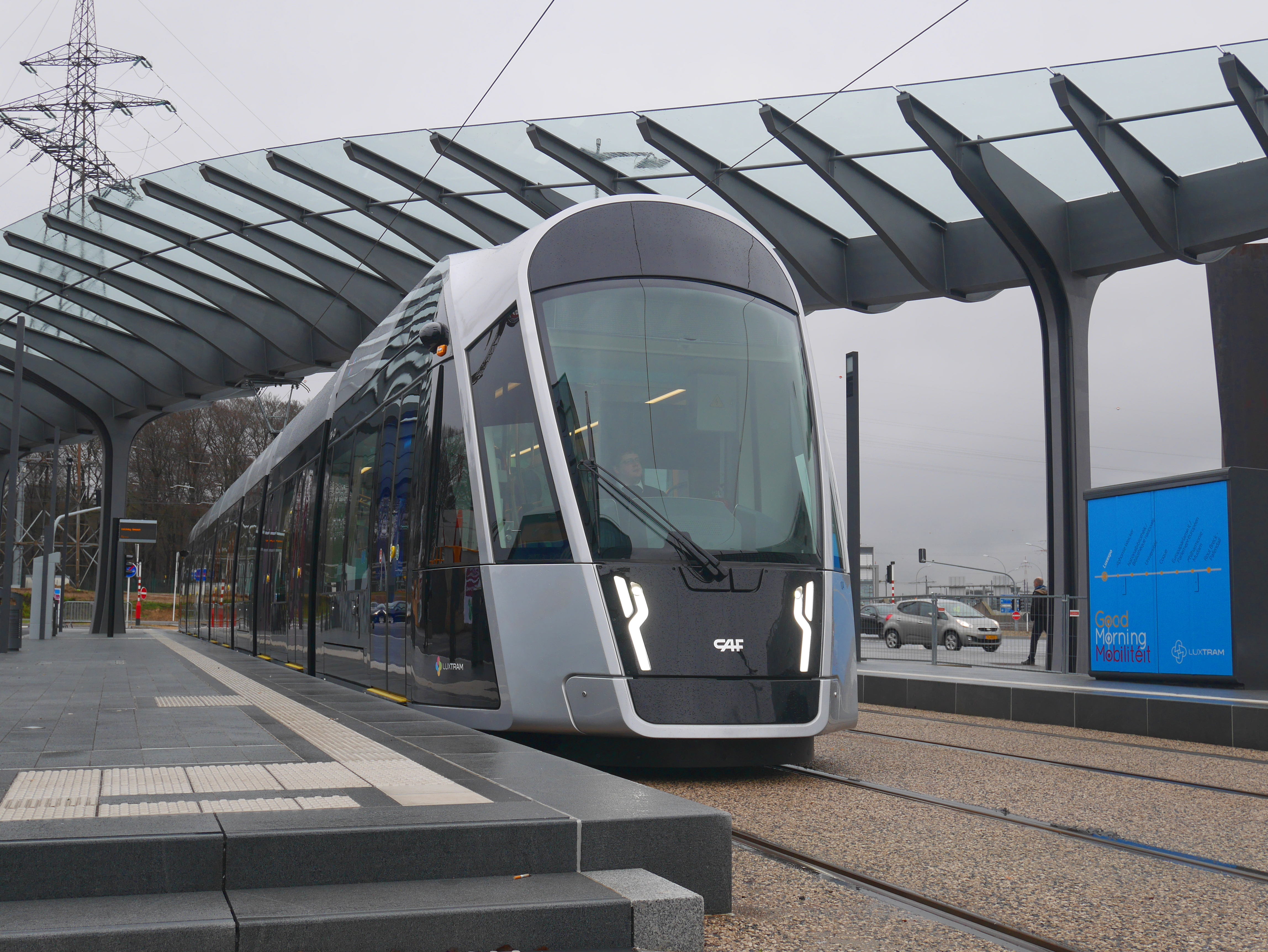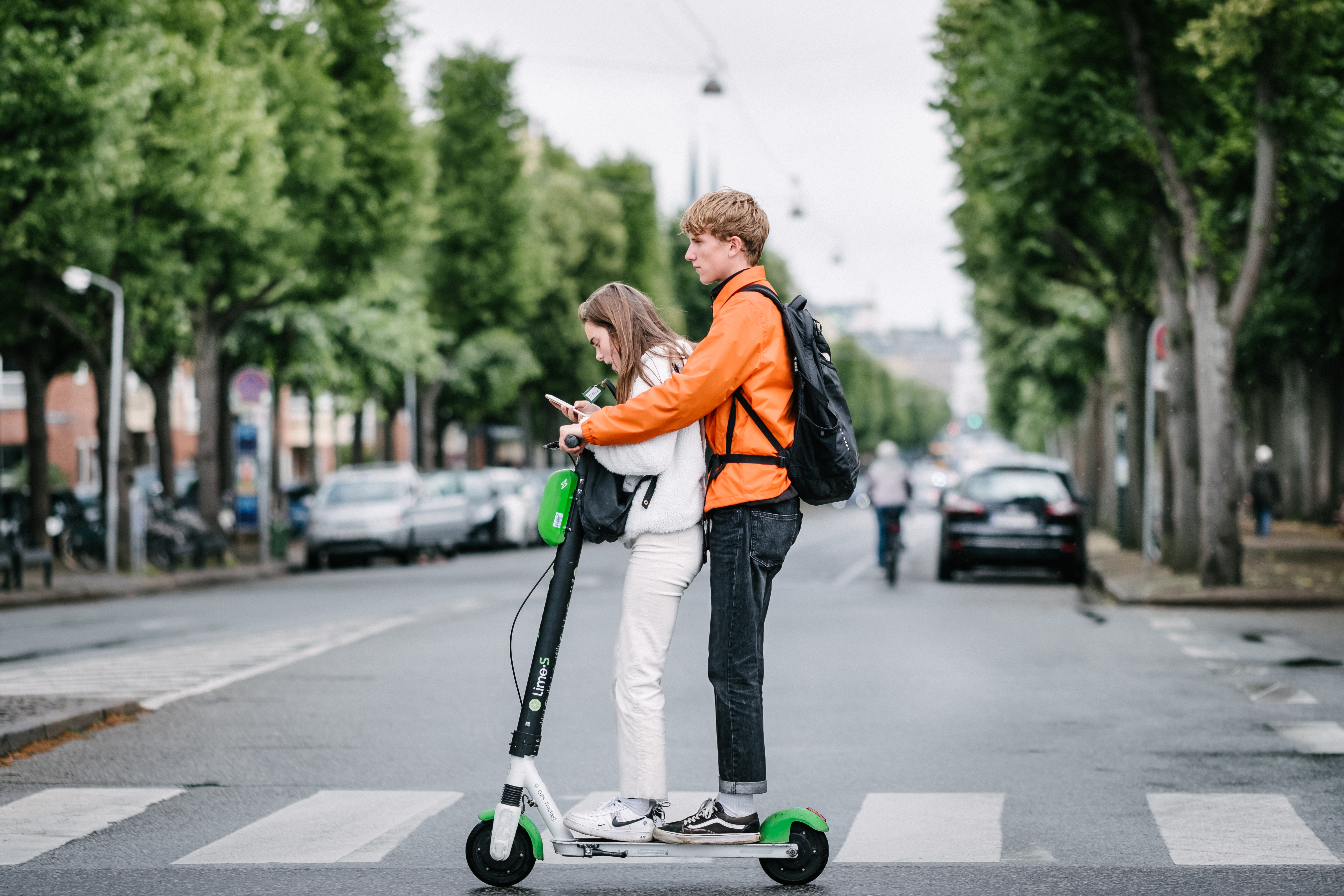Alternatives to car use on:
[Wikipedia]
[Google]
[Amazon]


 Established alternatives to car use include
Established alternatives to car use include
 Prior to the popularity of car use which dominated motorised transport (and consequently
Prior to the popularity of car use which dominated motorised transport (and consequently
 Another possibility is forms of personal transport such as the
Another possibility is forms of personal transport such as the  Also,
Also,
Transology: M.I.T. Future Car Workshop
/ref> * Increased mobility in rural settings and in some other areas where traffic jams are not severe * Possibly higher social status * Overall a better provision for privacy * Profit for the multinational firms producing cars, and possibly for their employees


cycling
Cycling, also, when on a two-wheeled bicycle, called bicycling or biking, is the use of cycles for transport, recreation, exercise or sport. People engaged in cycling are referred to as "cyclists", "bicyclists", or "bikers". Apart from t ...
, walking
Walking (also known as ambulation) is one of the main gaits of terrestrial locomotion among legged animals. Walking is typically slower than running and other gaits. Walking is defined by an ' inverted pendulum' gait in which the body vaults ...
, kick scooter
A kick scooter (also referred to as a push-scooter or scooter) is a human-powered street vehicle with a handlebar, deck, and wheels propelled by a rider pushing off the ground with their leg. Today the most common scooters are made of aluminum, ...
s, rollerblading
Inline skating is a multi-disciplinary sport and can refer to a number of activities practiced using inline skates. Inline skates typically have two to five polyurethane wheels depending on the style of practice, arranged in a single line by a ...
, skateboarding, twike
The Twike (a portmanteau of the words ''twin'' and ''bike'') is a human-electric hybrid vehicle (HEHV) designed to carry two passengers and cargo. Essentially a velomobile with an electrical hybrid engine, it can be driven in electric-only mode ...
s and (electric or internal combustion) motorcycle
A motorcycle (motorbike, bike, or trike (if three-wheeled)) is a two or three-wheeled motor vehicle steered by a handlebar. Motorcycle design varies greatly to suit a range of different purposes: long-distance travel, commuting, cruising ...
s. Other alternatives are public transport vehicles (bus
A bus (contracted from omnibus, with variants multibus, motorbus, autobus, etc.) is a road vehicle that carries significantly more passengers than an average car or van. It is most commonly used in public transport, but is also in use for cha ...
es, guided buses, trolleybus
A trolleybus (also known as trolley bus, trolley coach, trackless trolley, trackless tramin the 1910s and 1920sJoyce, J.; King, J. S.; and Newman, A. G. (1986). ''British Trolleybus Systems'', pp. 9, 12. London: Ian Allan Publishing. .or trol ...
es, train
In rail transport, a train (from Old French , from Latin , "to pull, to draw") is a series of connected vehicles that run along a railway track and transport people or freight. Trains are typically pulled or pushed by locomotives (often ...
s, subways, monorail
A monorail (from "mono", meaning "one", and " rail") is a railway in which the track consists of a single rail or a beam.
Colloquially, the term "monorail" is often used to describe any form of elevated rail or people mover. More accurat ...
s, tram
A tram (called a streetcar or trolley in North America) is a rail vehicle that travels on tramway tracks on public urban streets; some include segments on segregated right-of-way. The tramlines or networks operated as public transport are ...
ways).
History
 Prior to the popularity of car use which dominated motorised transport (and consequently
Prior to the popularity of car use which dominated motorised transport (and consequently urban planning
Urban planning, also known as town planning, city planning, regional planning, or rural planning, is a technical and political process that is focused on the development and design of land use and the built environment, including air, water, ...
) from around the 1950s onwards, several transportation modes were used. Pedestrianism for both short and long distances was used, but also travel by horse especially for long distances. Trams
A tram (called a streetcar or trolley in North America) is a rail vehicle that travels on tramway tracks on public urban streets; some include segments on segregated right-of-way. The tramlines or networks operated as public transport ar ...
, especially powered trams, achieved widespread popularity in the 19th century. Carriages, used for centuries, are still used but mainly for tourism.
Public transport
The public transport with the highestmodal share
A modal share (also called mode split, mode-share, or modal split) is the percentage of travelers using a particular type of transportation or number of trips using said type. In freight transportation, this may be measured in mass.
Modal share i ...
worldwide is travelling by bus followed by travelling by rail due to infrastructure cost. A pedestrian form of public transport is a walking bus
A walking bus (crocodile, walking school bus) is a form of student transport for schoolchildren who, chaperoned typically by two adults (a "driver" leads and a "conductor" follows), walk to school along a set route, with some similarities to a ...
predominantly used by schools. An attempt to transform private transport by bicycle into public transport has been bicycle sharing schemes.
Bicycle-sharing systems have been implemented in over 1000 cities worldwide, and are especially common in many European and Chinese cities of all sizes. Similar programs have been implemented across the United States as well, including large cities like Washington, D.C.
)
, image_skyline =
, image_caption = Clockwise from top left: the Washington Monument and Lincoln Memorial on the National Mall, United States Capitol, Logan Circle, Jefferson Memorial, White House, Adams Morgan, ...
, and New York City
New York, often called New York City or NYC, is the most populous city in the United States. With a 2020 population of 8,804,190 distributed over , New York City is also the most densely populated major city in the Un ...
, as well as smaller cities like Buffalo, New York and Fort Collins
A fortification is a military construction or building designed for the defense of territories in warfare, and is also used to establish rule in a region during peacetime. The term is derived from Latin ''fortis'' ("strong") and ''facere'' ...
, Colorado
Colorado (, other variants) is a state in the Mountain states, Mountain West subregion of the Western United States. It encompasses most of the Southern Rocky Mountains, as well as the northeastern portion of the Colorado Plateau and the wes ...
.
Personal rapid transit is a scheme that has been discussed, in which small, automated vehicles would run on special elevated tracks spaced within walking distance throughout a city, and could provide direct service to a chosen station without stops. However, despite several concepts existing for decades personal rapid transit has failed to gain significant ground and several prototypes and experimental systems have been dismantled as failures.
Private transport
Unmotorised
The private transport with the highest modal share, worldwide that is unmotorised, ispedestrianism
Pedestrianism was a 19th-century form of competitive walking, often professional and funded by wagering, from which the modern sport of racewalking developed.
18th- and early 19th-century Britain
During the late eighteenth and nineteenth ce ...
followed by cycling
Cycling, also, when on a two-wheeled bicycle, called bicycling or biking, is the use of cycles for transport, recreation, exercise or sport. People engaged in cycling are referred to as "cyclists", "bicyclists", or "bikers". Apart from t ...
.
Motorised
 Another possibility is forms of personal transport such as the
Another possibility is forms of personal transport such as the electric skateboard
An electric skateboard is a personal transporter based on a skateboard. The speed is usually controlled by a wireless hand-held throttle remote or rider body weight-shifting between front of the board for forward motion and rear for braking. As fo ...
/mountainboard, electric kick scooter, or personal transporter
A personal transporter (also powered transporter, electric rideable, personal light electric vehicle, personal mobility device, etc.) is any of a class of compact, mostly recent (21st century), motorised micromobility vehicle for transporting an ...
s, such as self-balancing unicycles (i.e. Segway PT
The Segway is a two-wheeled, self-balancing personal transporter invented by Dean Kamen and brought to market in 2001 as the Segway HT, subsequently as the Segway PT, and manufactured by Segway Inc. ''HT'' is an initialism for "human trans ...
and others), which could serve as an alternative to cars and bicycles if they prove to be socially accepted.
Electric or internal combustion motorcycles (which also include scooters) are also an option. Internal combustion motorcycles do create some degree of local air pollution however. That said, the degree of local air pollution varies considerably depending on which fuel (i.e. gasoline
Gasoline (; ) or petrol (; ) (see ) is a transparent, petroleum-derived flammable liquid that is used primarily as a fuel in most spark-ignited internal combustion engines (also known as petrol engines). It consists mostly of organi ...
, LPG, CNG
Compressed natural gas (CNG) is a fuel gas mainly composed of methane (CH4), compressed to less than 1% of the volume it occupies at standard atmospheric pressure. It is stored and distributed in hard containers at a pressure of , usually in cy ...
/biogas
Biogas is a mixture of gases, primarily consisting of methane, carbon dioxide and hydrogen sulphide, produced from raw materials such as agricultural waste, manure, municipal waste, plant material, sewage, green waste and food waste. It is a ...
, hydrogen
Hydrogen is the chemical element with the symbol H and atomic number 1. Hydrogen is the lightest element. At standard conditions hydrogen is a gas of diatomic molecules having the formula . It is colorless, odorless, tasteless, non-toxic ...
) is injected to the internal combustion engine. This fuel can be freely chosen, and existing motorcycle engine can be converted to run on these. Hydrogen for instance is described as being "near-emissionless" when burned in an internal combustion engine.
 Also,
Also, velomobile
A velomobile (); velomobiel, velo, or bicycle car is a human-powered vehicle (HPV) enclosed for aerodynamic advantage and/or protection from weather and collisions. Velomobiles are similar to recumbent bicycles, pedal go-karts and tricycles, but ...
s exist (including electric assisted versions), which compared to regular bicycles have the benefit of being enclosed (hence protecting the driver from the weather), and the potential of being motorized, which can allow one to travel greater distances (at a faster speed).
Benefits
All of these alternative modes of transport pollute less than at least the petroleum-powered car and contribute to transport sustainability. They also provide other significant benefits such as reduced traffic-related injuries and fatalities, reduced space requirements, both for parking and driving, reduced resource usage and pollution related to both manufacturing and driving, increased social inclusion, increased economic and social equity, and more livable streets and cities. Some alternative modes of transportation, especially cycling, also provide regular, low-impact exercise, tailored to the needs of human bodies. Public transport is also linked to increased exercise, because they are combined in a multi-modal transport chain that includes walking or cycling. According to theMIT
The Massachusetts Institute of Technology (MIT) is a private land-grant research university in Cambridge, Massachusetts. Established in 1861, MIT has played a key role in the development of modern technology and science, and is one of the m ...
Future Car Workshop, the benefits of possible future car technologies not yet in widespread use (such as zero-emissions vehicle
A zero-emission vehicle, or ZEV, is a vehicle that does not emit exhaust gas or other pollutants from the onboard source of power. The California definition also adds that this includes under any and all possible operational modes and conditions ...
s) over these alternatives, would be:/ref> * Increased mobility in rural settings and in some other areas where traffic jams are not severe * Possibly higher social status * Overall a better provision for privacy * Profit for the multinational firms producing cars, and possibly for their employees
See also
*Bike lane
Bike lanes (US) or cycle lanes (UK) are types of bikeways (cycleways) with lanes on the roadway for cyclists only. In the United Kingdom, an on-road cycle-lane can be firmly restricted to cycles (marked with a solid white line, entry by motor ...
* Bus rapid transit
* Car costs
The car internal costs are all the costs consumers pay to own and operate a car. Normally these expenditures are divided by fixed or standing costs and variable or running costs. Fixed costs are those ones which do not depend on the distance tra ...
* Car dependency
Car dependency is the concept that some city layouts cause cars to be favoured over alternate forms of transportation, such as bicycles, public transit, and walking.
Overview
In many modern cities, automobiles are convenient and sometimes nec ...
* Car-free movement
The car-free movement is a broad, informal, emergent network of individuals and organizations, including social activists, urban planners, transportation engineers, environmentalists and others, brought together by a shared belief that large and ...
* Cycling infrastructure
* Effects of the car on societies
Since the start of the twentieth century, the role of cars has become highly important, though controversial. They are used throughout the world and have become the most popular mode of transport in many of the more developed countries. In dev ...
* Electric bicycle
* Environmental effects of transport
The environmental effects of transport are significant because transport is a major user of energy, and burns most of the world's petroleum. This creates air pollution, including nitrous oxides and particulates, and is a significant contributor ...
* Environmental movement
The environmental movement (sometimes referred to as the ecology movement), also including conservation and green politics, is a diverse philosophical, social, and political movement for addressing environmental issues. Environmentalists a ...
* Environmentalism
Environmentalism or environmental rights is a broad philosophy, ideology, and social movement regarding concerns for environmental protection and improvement of the health of the environment, particularly as the measure for this health seeks ...
* Green vehicle
* Human–electric hybrid vehicle
* List of emerging technologies – Transport
* Manufacturing emissions of electric cars
* Noise pollution
Noise pollution, also known as environmental noise or sound pollution, is the propagation of noise with ranging impacts on the activity of human or animal life, most of them are harmful to a degree. The source of outdoor noise worldwide is ma ...
*
* Sustainable transport
* Removal of curbside parking spaces: frees up space for bicycle lanes
References
{{Reflist Sustainable transport Cycling